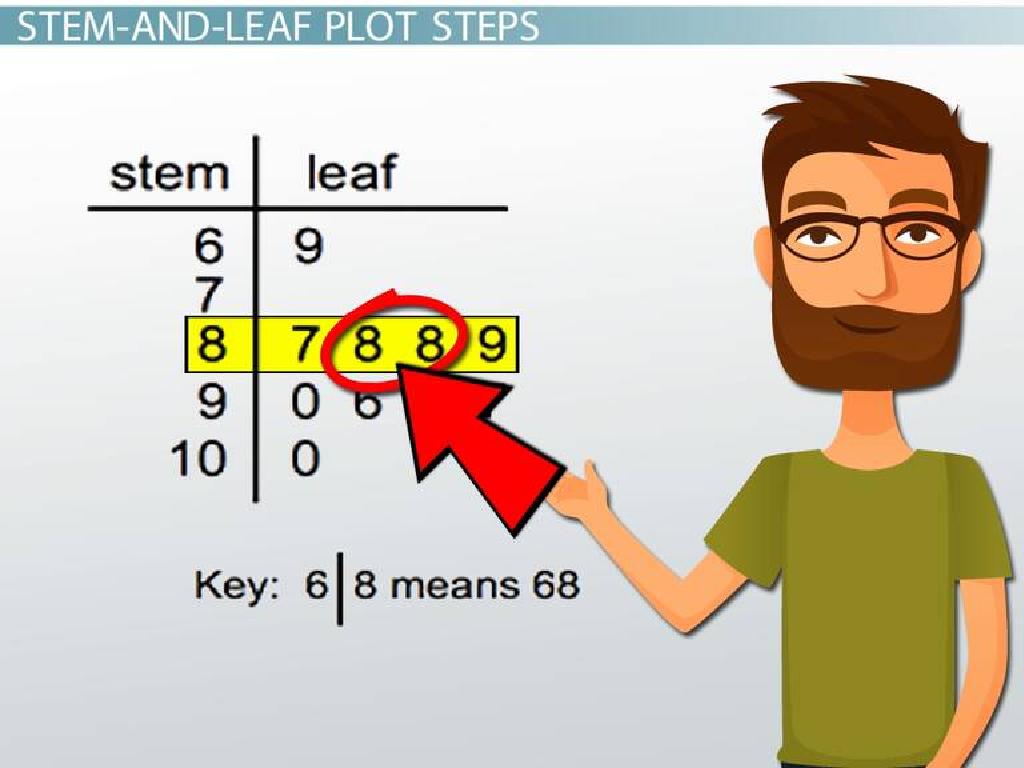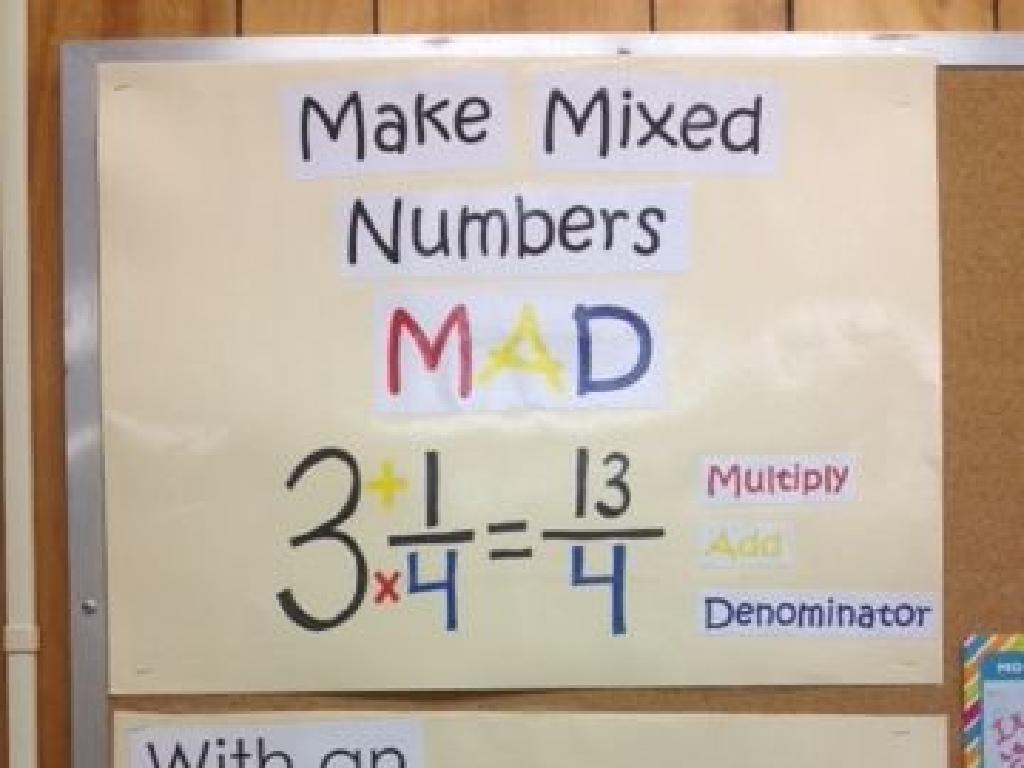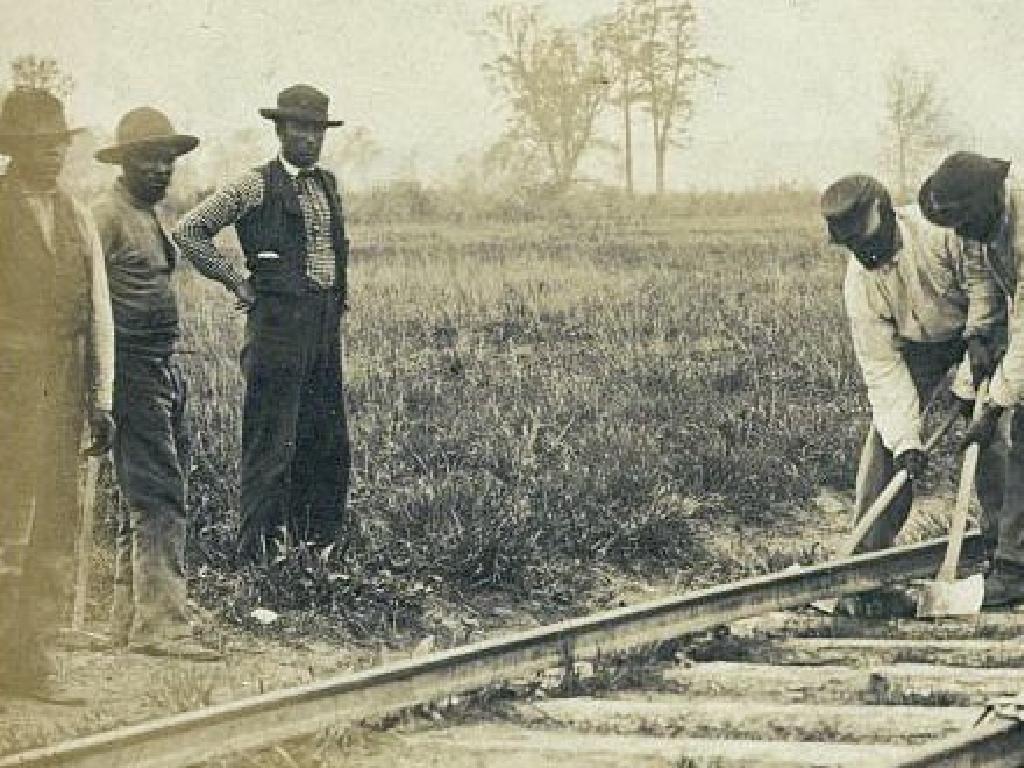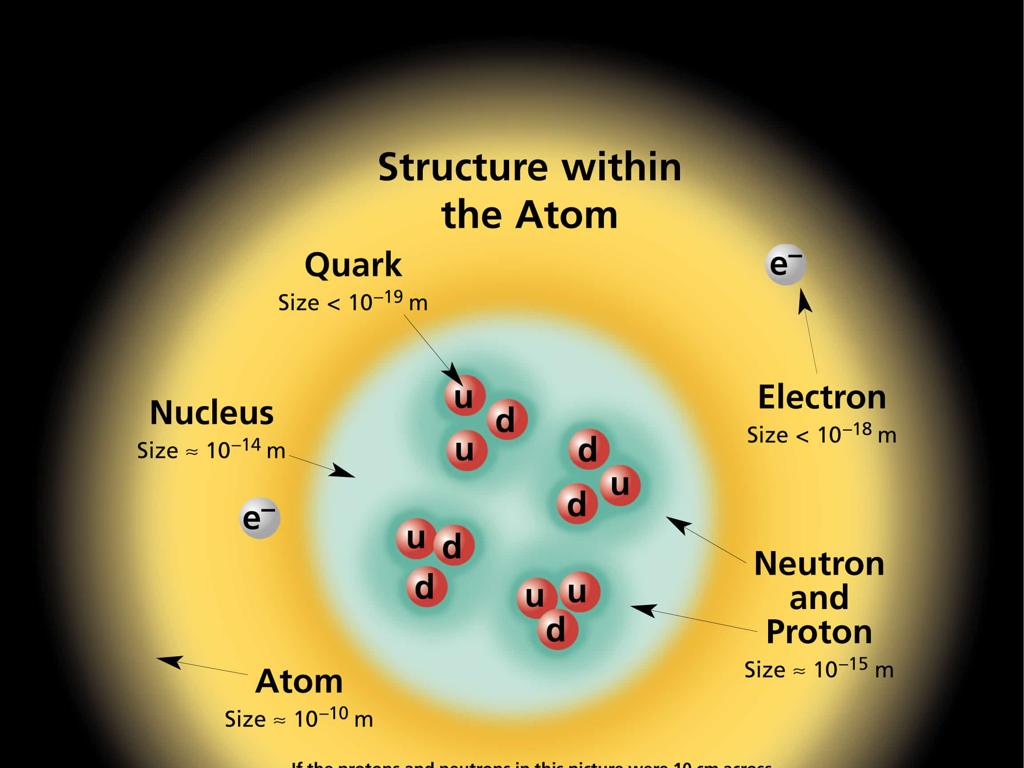Which Letter Does The Word End With?
Subject: Language arts
Grade: Kindergarten
Topic: Letter-Sound Associations
Please LOG IN to download the presentation. Access is available to registered users only.
View More Content
Welcome to Letter Sounds!
– Greet the class with a cheerful good morning
– Today’s fun: letters and their sounds
– Focus on ending sounds of words
– Listen to the last sound in ‘cat’, ‘dog’, ‘hat’
– Exciting activities to practice
– We’ll play games to match words with ending sounds
|
This slide is designed to introduce Kindergarten students to the concept of phonemic awareness, specifically focusing on the sounds that letters make at the end of words. Start the class with a warm and enthusiastic greeting to set a positive tone. Explain that today’s lesson will be about listening for and identifying the sounds that letters make at the end of words. Use simple and familiar words to demonstrate the concept, ensuring to articulate the ending sounds clearly. Engage the students with interactive activities such as matching games or singing songs that emphasize the ending sounds. The goal is to make the learning process enjoyable and to encourage the students to participate actively.
Which Letter Does the Word End With?
– Letters make sounds
– Words end with sounds
– Match sound to letter
– What sound do you hear at the end of ‘cat’?
– Practice with examples
– Try ‘dog’, ‘hat’, ‘run’
|
This slide introduces the concept of letter-sound associations, focusing on the sounds that letters make, particularly at the end of words. Emphasize to the students that every letter has its own sound and that by listening carefully, they can identify which letter is used at the end of a word. Use examples like ‘cat’, ‘dog’, ‘hat’, and ‘run’ to illustrate this point. Encourage the children to practice with different words and to listen for the last sound they hear in each word. This will help them to connect the sounds to the corresponding letters. For the activity, have the students pick out words from a story or pictures and practice identifying the ending sounds together.
Which Letter Does the Word End With?
– Listen to the last sound in a word
– Practice with the word ‘cat’
– What’s the last sound in ‘cat’?
– Identify the ending sound
– It’s the ‘t’ sound!
– The sound at the end is ‘t’
|
This slide is aimed at helping Kindergarten students recognize the ending sounds of words, which is a fundamental skill in learning to read and spell. Start by having the students listen to words and focus on the last sound they hear. Use the word ‘cat’ as an example and ask the students to identify the sound at the end of the word. When they recognize it as the ‘t’ sound, affirm their answer and praise their listening skills. For the activity, you can have students practice with different words, use objects or images to represent words, and encourage them to articulate the ending sounds clearly. This exercise will enhance their phonemic awareness and prepare them for more complex reading tasks.
Matching Sounds to Letters
– Match sounds with letters
– Use the alphabet chart
– Look at the chart and say the sounds
– Find the letter for ‘t’ sound
– ‘t’ is at the end of ‘cat’, ‘hat’, and ‘bat’
– Practice with different sounds
– Try finding what ‘s’, ‘m’, and ‘p’ sounds like at the end
|
This slide is aimed at helping Kindergarten students associate sounds with their corresponding letters, a fundamental skill in reading. Start by reviewing the alphabet chart and emphasizing the importance of recognizing the sound each letter makes. Encourage the children to find the letter that matches the ‘t’ sound by thinking of words that end with this sound. Provide examples like ‘cat’, ‘hat’, and ‘bat’. Afterward, practice with additional sounds and guide them to identify the letters these sounds correspond to at the end of words. This activity will reinforce their understanding of letter-sound associations and prepare them for reading and spelling.
Practice Time: Ending Sounds
– Listen to the word I say
– Tell me the last sound you hear
– Let’s find the ending letter together
– Starting words: ‘dog’, ‘hat’, ‘pig’
– ‘dog’ ends with ‘g’, ‘hat’ ends with ‘t’, ‘pig’ ends with ‘g’
|
This slide is for an interactive class activity focused on identifying the last letter of words based on their sounds. Start by clearly pronouncing a word, then prompt the students to articulate the final sound they hear. After they respond, guide them to identify the corresponding letter that represents that sound. Use the words ‘dog’, ‘hat’, and ‘pig’ as initial examples to demonstrate the activity. Encourage the children to repeat the words after you and listen carefully to the sounds. This exercise will help them associate sounds with letters, an essential skill in early reading development. Be patient and offer praise as they attempt to identify the sounds and letters.
Ending Sound Bingo Game
– Let’s play ‘Ending Sound Bingo’!
– Listen to the word carefully
– Think about the sound at the end of the word
– Match the last sound with a letter
– Find the letter on your bingo card that makes that sound
– Shout ‘Bingo!’ for three in a row
|
This interactive game is designed to help Kindergarten students recognize and associate the ending sounds of words with their corresponding letters. It’s a fun way to reinforce letter-sound associations. Provide each student with a bingo card that has a variety of letters on it. As you say a word out loud, students will place a marker on the letter that represents the word’s ending sound. When a student has marked three letters in a row (horizontally, vertically, or diagonally), they shout ‘Bingo!’. This activity encourages listening skills and quick thinking. Possible words to use: ‘cat’, ‘dog’, ‘hat’, ‘pig’, ‘sun’. Make sure to articulate the ending sounds clearly and to celebrate the students’ successes to build confidence.
Story Time: Listening for Ending Sounds
– Listen to the story carefully
– Focus on the last sounds in words
– Words like ‘cat’, ‘dog’, ‘hat’ end with a distinct sound
– Discuss the sounds after the story
– Match sounds to ending letters
– For example, ‘dog’ ends with the ‘g’ sound
|
This slide is for a class activity that will help students identify the ending sounds of words and associate them with the corresponding letters. Read a story to the class, ensuring to enunciate the ending sounds clearly. After reading, engage the students in a discussion about the sounds they heard at the end of words. Use examples from the story to illustrate how sounds correlate with letters. Encourage students to think of other words that end with the same sounds. This activity will enhance their phonemic awareness and understanding of letter-sound associations, which are crucial for their reading and spelling skills.
Sound Hunt Activity
– Explore the classroom on a ‘Sound Hunt’
– Find objects ending with ‘t’, ‘g’, ‘p’
– Look for ‘hat’, ‘rug’, ‘cup’ and similar sounding objects
– Draw or write the objects on your sheet
– Share your findings with the class
– We’ll discuss what everyone discovered!
|
This class activity is designed to help Kindergarten students recognize and associate sounds with the ending letters of words. The ‘Sound Hunt’ encourages active participation and hands-on learning. Provide each student with a ‘Sound Hunt’ sheet where they can either draw or write down the objects they find. As they search the classroom, guide them to focus on the ending sounds of objects. For example, a ‘hat’ ends with the ‘t’ sound, a ‘rug’ with the ‘g’ sound, and a ‘cup’ with the ‘p’ sound. After the hunt, gather the students and have them share their findings, reinforcing their understanding of letter-sound associations. This activity also enhances their listening skills and ability to differentiate between sounds.
Review and Goodbye!
– Recap: sounds and letters
– Let’s remember the sounds each letter makes.
– Celebrate: finding ending sounds
– You did great identifying the last letters in words!
– Applause for sound detectives
– Clap for yourselves for learning so much!
–
|
This slide is meant to conclude the lesson on letter-sound associations by reviewing what the students have learned about identifying the ending sounds of words. Start by recapping the sounds that each letter makes, perhaps by going through a few examples together as a class. Praise the students for their attentiveness and success in finding the ending sounds during the lesson. Encourage them to give themselves a round of applause to celebrate their achievements as ‘super sound detectives’. This positive reinforcement helps build their confidence and reinforces the learning objectives of the lesson.






